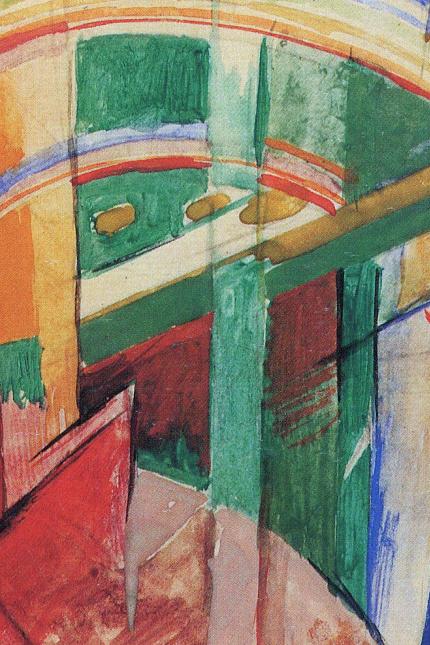Table Talk
(for use during a meal or dessert time)
- Everyone in the group describes a favorite childhood memory. Note: It doesn’t have to be a memory associated with this congregation. The memories will help the group shift thinking away from today and toward the past.
Resources You May Want to Consult
- Written presentation: The Life Cycles and Stages of Congregational Development by George Bullard, who offers important insights about a church’s life cycle as well as the dominant characteristics of each stage of that cycle. You might choose to engage the congregational assessment exercise that is included in the book.
- Analytical framework: General Systems Theory and its application to the lives of emotional systems such as congregations. For a brief summary of the theory, see Leading Change in the Congregation: Spiritual and Organizational Tools for Leaders by Gilbert R. Rendle (chap. 3).
- A number of worship resources are available as you work your way through the Crossroads Discernment Process.
Reflection Questions
While helping the congregation to engage in one or more of the above activities, the facilitator may use questions like these to draw together important findings and themes:
- What values/virtues/passions do you see in your past that you can carry into the future?
- Which people or groups from your past do you need to honor?
- What mistakes, misuses of power, and conflicts should you acknowledge and/or confess together?*
- With whom do you need to reconcile?*
- What hardships do you need to lament?
- What do you need to thank God for?
- What are some key moments when you saw the Holy Spirit lead you into something you would not have done yourself?
- How has your community been transformed in big or little ways because of God’s work in and through you?
*If this question leads to a sense that there is work to be done in the areas of reconciliation and/or healing, then the group should feel free to seek assistance from Thrive ([email protected]).
Next Step
When you feel that you’ve engaged the past well, you’re ready to move on to the next stage of the Crossroads Discernment Process: Naming the Present.
It’s important to celebrate the accomplishment of the progress you’re making. How will you celebrate the transition into each new stage? A few ideas:
- Create a bulletin board depicting the stages and an arrow pointing to the stage you’re in.
- Create space in a worship service to note the transition into each new stage, to hear a testimony about how God worked among you in the previous stage, and to pray that the next stage will be fruitful and constructive as well.
- Ask an artist to draw the outline of your church logo or of another symbol that’s meaningful to you. Use crayons or markers to color a portion of it each time you make progress, and in the end you’ll have a completed picture.
- Create a “certificate of accomplishment” for each stage. Send it as a PDF to your church mailing list after each stage completion.
If you find yourself stuck at any point, reach out to us at Thrive ([email protected]). We’re here to help.
Once you’ve completed this Engaging the Past stage, go to the Naming the Present stage.


